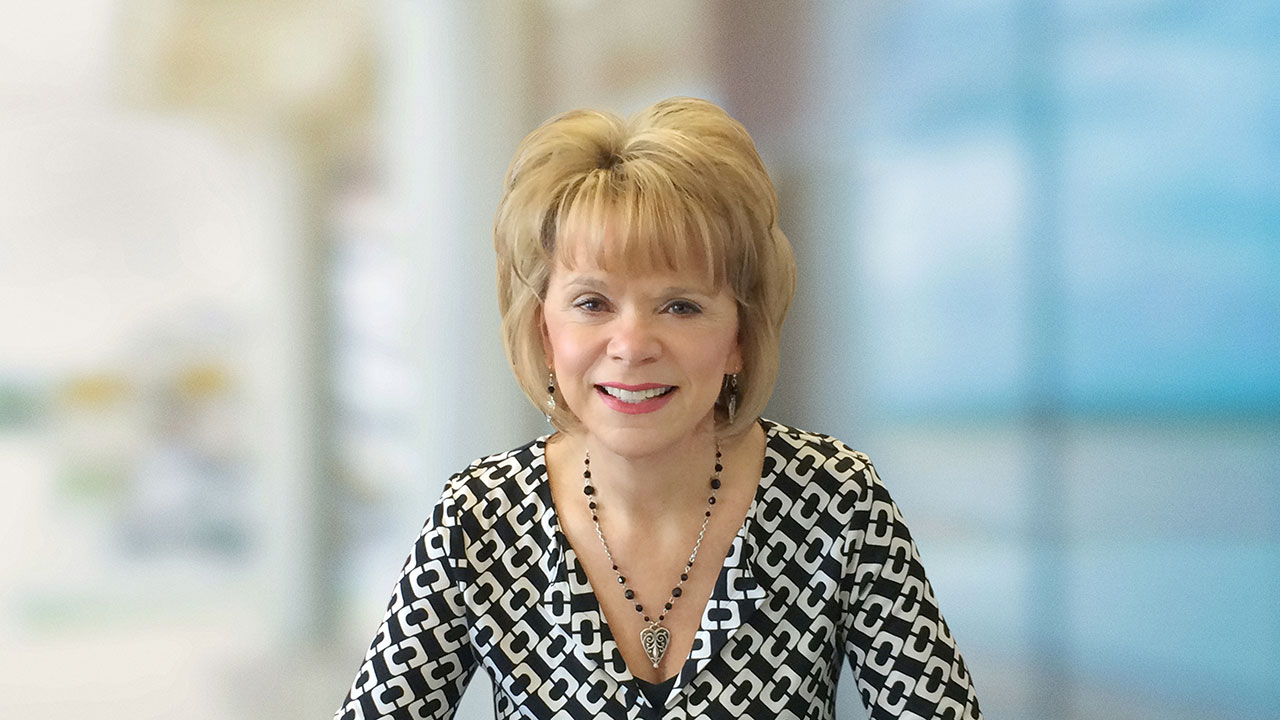
Cheryl Rogers has more than 35 years of information technology (IT) experience, currently leading Tetra Tech’s Strategic IT Initiatives.
Prior to joining Tetra Tech, Ms. Rogers served as the Federal Aviation Administration (FAA) Deputy Chief Information Officer (CIO). In that role, she oversaw the implementation of FAA’s consolidated IT shared services organization, providing a wide range of IT services to FAA’s 46,000-member workforce. Her experience spans IT infrastructure and operations, information system security and privacy, organizational performance management and strategy, and portfolio and program management.
After earning a Bachelor of Arts degree with a strong emphasis on IT and public administration, Ms. Rogers graduated from the Federal Executive Institute and earned a National Defense University CIO Certification. She also is a former executive chair and board member of the University of Oklahoma Price College of Business, Center for Management Information Studies.
What are some of the biggest IT challenges facing the aviation industry today?
Cyber security is at the top of the list. The aviation ecosystem is extremely large, complex, and integrated, encompassing the FAA, airlines, airports, aircraft manufacturers, and many aviation infrastructure providers. A safe, functional aviation system is critically dependent on the technology woven into its fabric—from the aircraft to air traffic control systems, to back office support. To maximize safety, each interconnected entity must ensure that the systems, data, and underlying infrastructure are protected from cyber-attacks at all times. We help the FAA by implementing cybersecurity best practices throughout the life cycle—integrating requirements during early stages of system design and continuously monitoring, assessing, and mitigating cyber risks of operational systems.
Another challenge is enterprise information management of increasing amounts of data. Leveraging the power of data analytics to drive business decisions is paramount to any organization’s ability to provide competitive, effective, and efficient services now and in the future.
These challenges cannot be resolved by the IT organization alone. Because technology is used in every department, it has become a critical aspect of aviation safety. Solutions require a holistic approach involving partnering across IT and the business organizations that own the systems and have the subject-matter expertise.
What are the current trends in IT organizations?
The IT community has recognized the need to get jobs done faster; making a customer wait months for a critical IT solution is not acceptable. We now routinely help our aviation clients in the implementation of Agile, DevOps, and Cloud, which are three critical components of an IT delivery model that promotes rapid development and deployment of solutions.
Another ongoing trend within government IT organizations is the continued optimization of IT investments. Maintaining legacy systems with duplicative functions can be costly, so Tetra Tech assists our clients in streamlining and optimizing their application portfolios, yielding cost savings for reinvestments in new business needs.
How is Tetra Tech supporting the FAA and the aviation industry in overcoming these challenges?
Addressing today’s complex aviation challenges requires a comprehensive understanding of a customer’s business needs, operational mission, and underlying systems and infrastructure. For more than 20 years, Tetra Tech has developed a deep level of understanding of the FAA’s aviation and administrative systems, surrounding infrastructure, and processes and procedures.
Tetra Tech has a truly unique blend of expertise across aviation-relevant domains, including IT, ground- and satellite-based navigation, air traffic control, and airports. While other firms may provide an individual service, Tetra Tech’s capabilities allow us to deliver integrated solutions spanning all domains, including environmental and emergency management. With this diverse in-house expertise, our subject-matter experts can assess a given problem or need through different lenses, allowing us to introduce viable, sound, and innovative solutions to reduce cost and risk to the FAA.